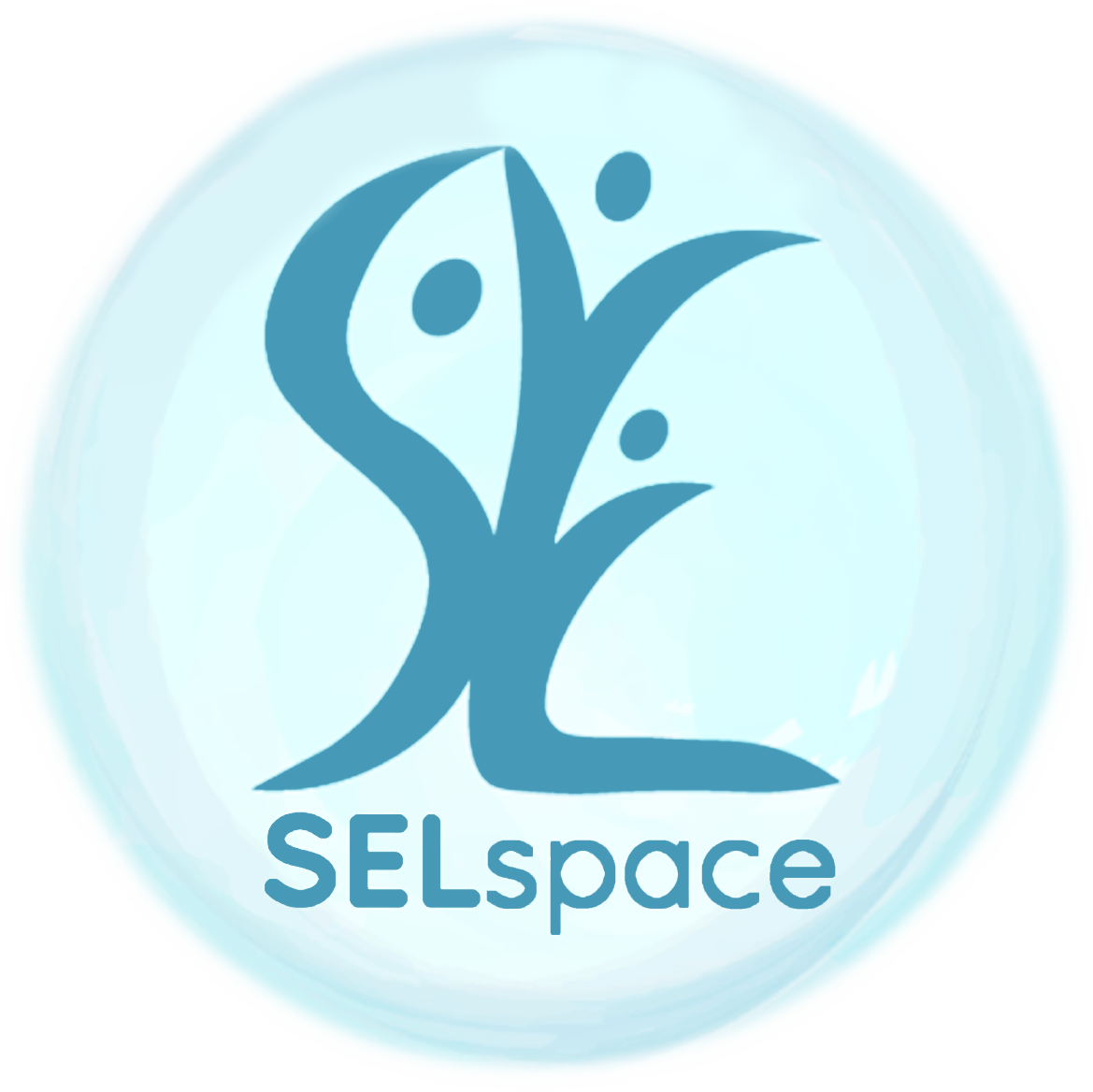Building Community School Wide
Topics to assist with building community at a schoolwide level:
Diversity, Inclusion, Equity, and Bias
Diversity is the range of human differences, including but not limited to race, ethnicity, gender, gender identity, sexual orientation, age, social class, physical ability or attributes, religious or ethical values system, national origin, and political beliefs. Inclusion is the deliberate act of welcoming diversity and creating an environment where all different kinds of people can thrive and succeed. Diversity is what you have. Inclusion is what you do. Our bias is the prejudice we have in favour of or against one thing, person, or group compared with another, usually in a way considered to be unfair.
Incorporating Voice and Encouraging Engagement
Discipline Models
Learning Everywhere
From learning outdoors to flexible seating, learning everywhere is an important topic to consider when we are wanting to optimize student learning. Learning Everywhere is an experimental venture looking to improve achievement and the student learning experience through questioning our own pedagogy. If we define pedagogy as the “interactions between teachers, students, the learning environment and the learning tasks and tools”, examining instruction, learning tasks, assessment, use of technology, and environment will enhance the engagement and achievement of students.
Creating a Community of Empathetic and Caring Citizens
There are many ways to highlight and promote a culture of a kind and caring community within a school. From reading buddies to character rotations and conferences, there are a lot of schoolwide activities that can build and promote community.
Daring Classrooms
“We must be guardians of spaces that allow students to breathe, be curious, and to explore the world and be who they are without suffocation. They deserve one place where they can rumble with vulnerability and their hearts can exhale. We should never underestimate the benefit to a child of having a place to belong—even one—where they can take off their armour. It can and often does change the trajectory of their life.”
This is a link to Brene Brown’s newly created curriculum.
School Wide Resources and Programs that Support Social and Emotional Learning:
Nurtured Heart Approach
The Nurtured Heart Approach® is a relationship-focused methodology founded strategically in The 3 Stands™ for helping children (and adults) build their Inner Wealth™ and use their intensity in successful ways. It has become a powerful way of awakening the inherent greatness in all children while facilitating parenting and classroom success.
The Third Path
Following the Third Path means focusing on the student-educator relationship first. Caring, intentional and responsive relationships are at the heart of learning and growth. This approach leads to understanding each student, and truly knowing their strengths, struggles, and needs.
Mind Up Curriculum
Tribes Learning Communities
The “How Learning Happens” Series:
How Learning Happens
In this video series, we explore how educators can guide all students, regardless of their developmental starting points, to become productive and engaged learners.
The “How Learning Happens” series, put out by Edutopia, is a valuable resource that you may want to bookmark. The series, which explores teaching practices grounded in the science of learning and human development, has great videos and articles highlighting key themes that enhance learning. Interestingly enough, most are related to Social and Emotional Learning.
Topics covered:
- Cultivating a Belonging Mindset
- Fostering Positive Relationships
- Building Academic Confidence
- Developing Foundational Skills
- Establishing Positive Conditions for Learning












